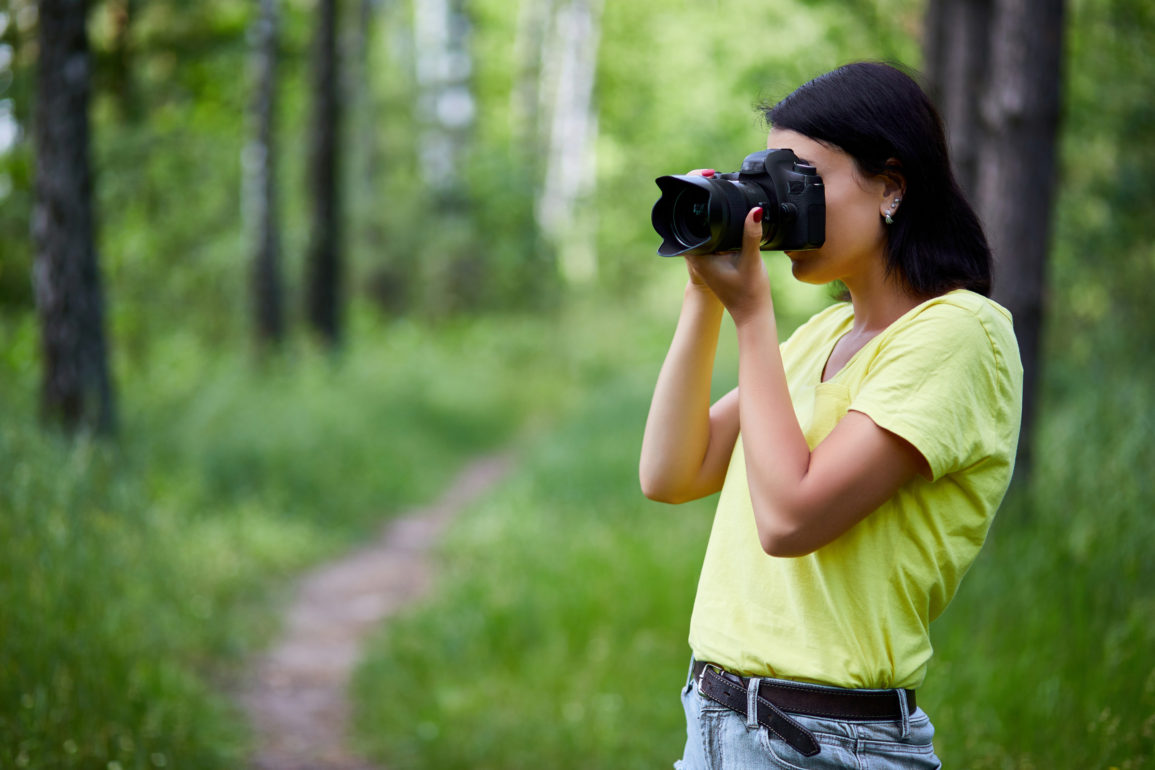Nature is the first home for all of us. It contains works of art that are much more complicated and aesthetically pleasing than the cities we build and the technologies we invent. Images of the nature has the power to affect us deeply. Therefore, it is not surprising that nature photography is such a popular field. Because photography is an art, creativity and vision are primary. However, making the right decisions and employing the right techniques are also crucial to take impressive photos. Just like in every field of photography, nature photography has important specific points. In this article, we have explained the topics of high priority that you need to be careful about if you want to take great nature photographs.
How to Become a Nature Photographer
Step 1: Be Prepared
In photography, seizing the moment is essential. However, if you are not ready when the time comes, results may not match your expectations. Moreover, because the nature photography is performed not in the studio but in nature, it is crucial to be prepared. First of all, you need to get dressed in accordance with the place in which you’ll take photos and the time. It is also a good idea to carry some extra clothes for different unexpected situations. We recommend you choose your shoes and clothes carefully. You also need to choose your photography equipment thoughtfully. We recommend you have lenses appropriate for the photos you want to take, a lens hood, back-up batteries, a waterproof camera case, and a tripod with you. To be able to navigate without a problem, you should also carry a map and a compass in case that your phone has a problem or its battery is dead. It’s also a good idea to inform people you know where you are going for taking photos.
Step 2: Do Your Research and Be Informed
If you know about the plants and animals that you will photograph, your efforts will lead to much more impressive results. For example, if you know when certain plants blossom or how certain animals behave, it will be much easier to make plans and seize the moment.
Step 3: Remember the Rule of Thirds
When the rule of third is employed, the photograph is assumed to be placed on a surface consisting of 3X3 squares, while the photograph is being taken or it is being edited. According to this rule, objects are not placed at the center of the photograph, rather they are placed on the lines or intersections of the lines. Of course, not each photo should fit the rule of thirds. However, you can create vivid and impressive compositions by properly employing this widely accepted method.
Step 4: Be Careful About the Light and the Timing
A photograph, as the name implies, is a picture made using light. The most fundamental element of a photograph is always the light. This requires higher care and planning when taking photos outside the studio, using natural light. Try to take photos when the light is optimum for your purpose. In general, best times for nature photography is early hours in the morning and evening hours. Especially while sun is rising or setting, you can take impressive photos. However, the sharp shadows and the bright light of noon can make it harder to obtain the images you think about.
Step 5: Add Motion
Nature is a dynamic system which moves continuously. Therefore, photos reflecting the motions in the nature may be successful to reflect the essence of the nature. This may be a bird jumping from tree branch to another, branches swinging in wind, or a running water. Use low shutter speeds to reflect the motion in your photos. We suggest you use tripod to avoid blurriness of motionless subjects.





